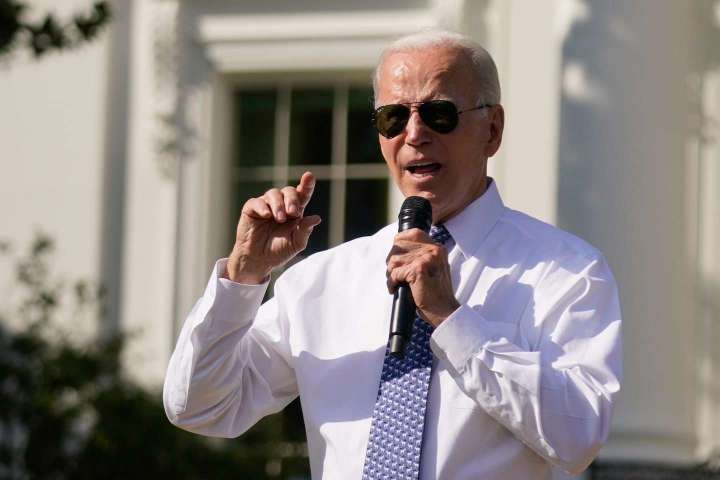President Donald Trump racked up 74 million votes in 2020. Republican Mitt Romney pulled 60 million in 2012. Who were the 14 million new Trump voters? Why did they turn out for the former — but not the latter?
Where Trump voters will go this year

Is that possible? My guess is: not at all. Far simpler things are helping the Republican Party grow.
In January 2021 — one day before the Jan. 6 riot at the Capitol that so altered Trump’s reputation and political coalition — Post columnist and data analyst David Byler tried to break down the new voters Trump attracted to his banner between 2016 and 2020. As Byler found, many of those voters are not “regular Republicans” at all. They were dormant Republicans and loosely affiliated Democrats, independent, unaligned and uninvolved voters; in short, they came from everywhere. They don’t sound or look like fascists, semi or otherwise. They look like most Americans, hoping that politics and politicians might find a way to make their lives easier.
Byler was particularly struck by Trump’s new appeal among Hispanic voters.
“In the heavily Latino areas of South Florida, Trump increased his vote total by an impressive 39 percent,” Byler discovered. “Precincts with large Cuban American, Puerto Rican and other immigrant populations shifted dramatically to the right. And Trump’s gains were smaller in Whiter metros such as Orlando, Tampa and Jacksonville.”
Byler continued: “Trump’s improvements in diverse metros such as Los Angeles and Houston hinted at Latino gains — but his total in the Miami area was a reminder Trump has a more diverse base than anyone expected.”
This trend toward the GOP among Latinos will be seen again in the poll results this year, though not a lot of analysts are talking about it. “People want to be safe from crime, and that includes a lot of non-White voters,” American Enterprise Institute senior fellow Ruy Teixeira told NPR’s Scott Simon.
All voters have to eat. So, the news this week about steadily rising food prices was no Democrat’s idea of good news. But to change the subject from the roaring inflation at the grocery store, rising crime and the scourge of fentanyl deaths, the other party is telling voters that Republicans are a threat to democracy.
My guess is that this diversion has run out of gas. Reality is a lagging indicator in midterm election prognostications, and Democrats have probably seen their high-water mark on the polls. The momentum will swing back to the GOP, as voters come home to the Republican Party after divisive primaries, the recognition dawns that the Dobbs decision did not end abortion in America but returned that issue to legislatures, and that prices on everything continue to rise.. Democratic incumbents such as Sen. Michael F. Bennet in Colorado and Sen. Catherine Cortez Masto in Nevada might already sense that the momentum has shifted against them.
Those 14 million? Some unknown number certainly reject the former president’s long war against the result of Nov. 3, 2020, but they voted for Trump for many reasons. And for those who voted with their pocketbooks? They won’t be staying home this year.






